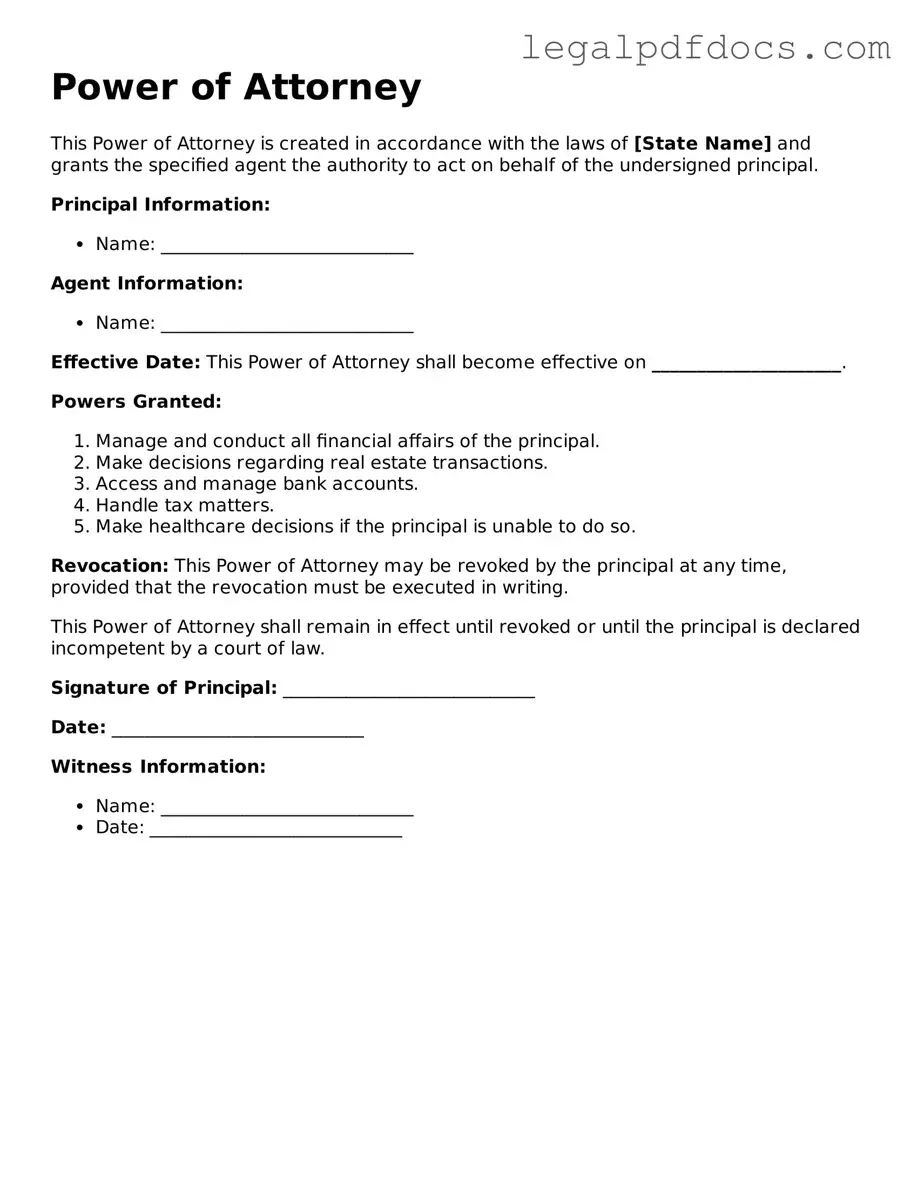When it comes to managing personal affairs, the Power of Attorney (POA) form stands out as a vital legal tool. This document allows individuals, known as principals, to designate trusted individuals, referred to as agents or attorneys-in-fact, to make decisions on their behalf. The scope of authority granted can vary significantly, ranging from handling financial transactions to making healthcare decisions, depending on the type of POA established. There are several forms of Power of Attorney, including durable, non-durable, and medical, each serving different purposes and providing varying levels of authority. The durable Power of Attorney remains effective even if the principal becomes incapacitated, ensuring that their wishes are respected during challenging times. On the other hand, a non-durable Power of Attorney typically becomes void if the principal is unable to make decisions. Additionally, the medical Power of Attorney specifically empowers an agent to make healthcare decisions when the principal is unable to communicate their wishes. Understanding the nuances of these forms is crucial, as it enables individuals to make informed choices about their legal and healthcare preferences. By establishing a Power of Attorney, individuals can gain peace of mind, knowing that their affairs will be managed by someone they trust, even in their absence.
